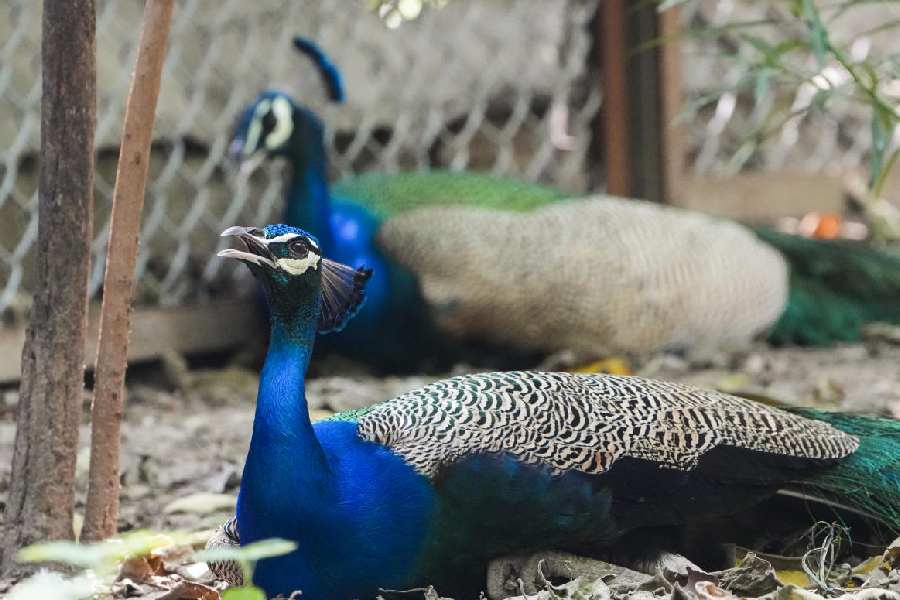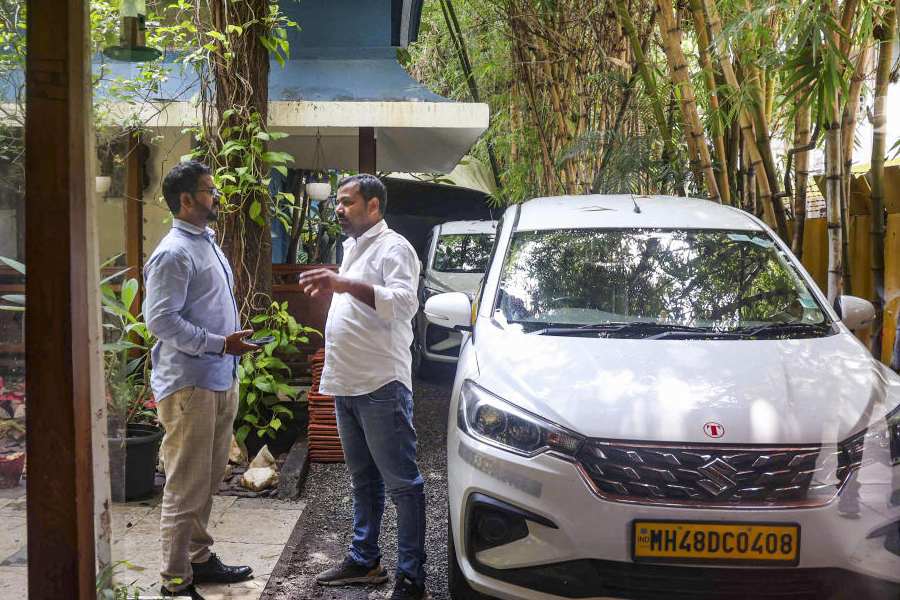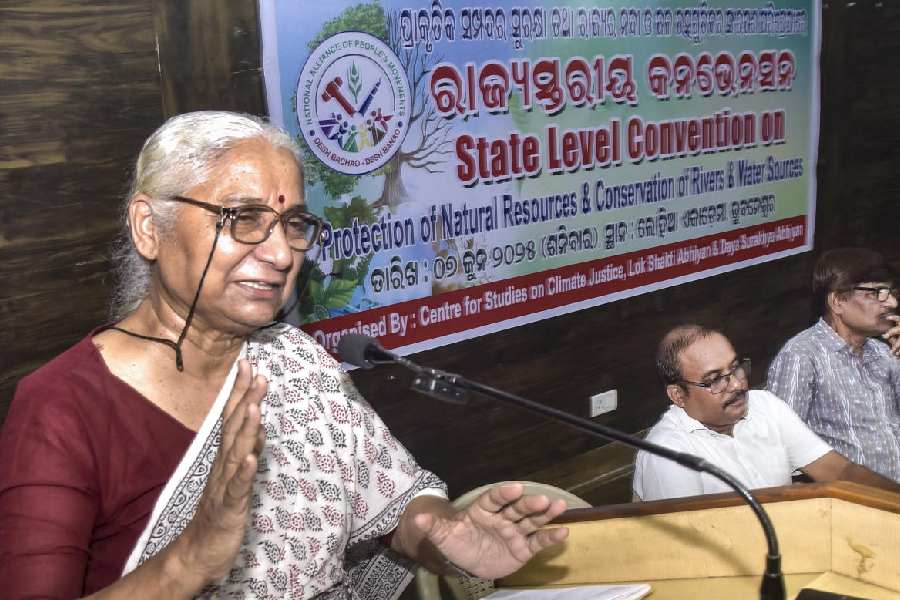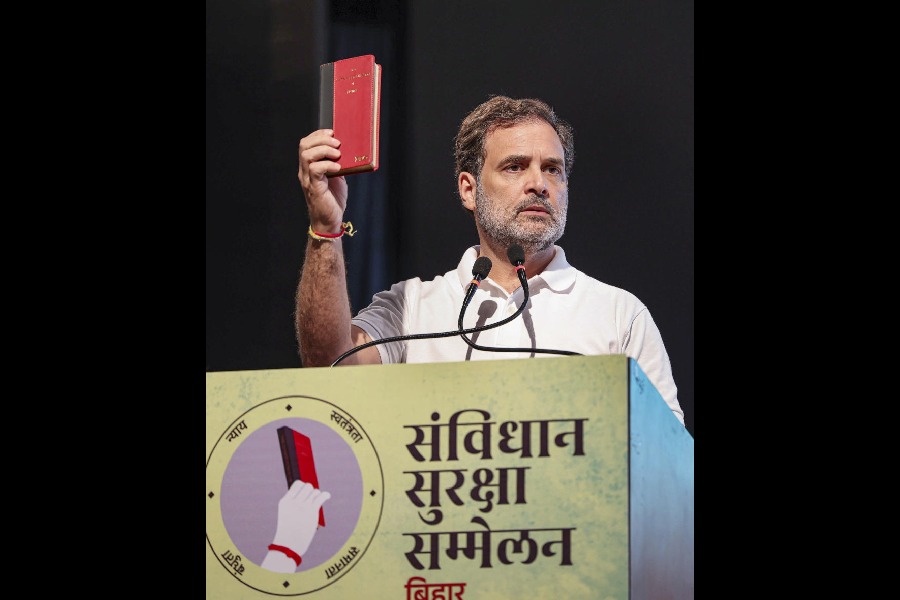 |
When Sunil Gavaskar bends low to pay his respects, the recipient must be someone extraordinary. That is precisely what Bhashi Das is. He happens to be the oldest surviving first-class cricketer and triple Blue in the world.
He answers to the call of Bhasida, although he was christened Ardhendu Das way back in 1910. Born in Sylhet, now in Bangladesh, he travelled extensively as his father, with the Bengal Civil Services, would serve terms in various districts. The young man developed an undying love for the outdoor life and was a natural sportsman. He was and still remains one of nature’s gentlemen. His manner of speech, his dry wit, his relaxed bearing speaks of class and erudition.
Das in his prime was an allrounder in the classical sense. Within the portals of his alma mater, his popularity was immense as he happened to be a very rare triple Blue of Calcutta University. Apart from cricket, his forte enveloped soccer and hockey. At the time, the Ranji Trophy championship was yet to begin and so, like all his contemporaries, he would play for combinations raised by the maharajas, the resident British governors and various other individuals.
The highlight of his early cricket career was representing the Indians & Anglo-Indians in 1933-34 against the touring England (then MCC) team, led by no less a personage than Douglas Jardine. In a low-scoring encounter, the stylish stroke-play of Das earned plaudits from the opposition bowlers, which included the prominent England Test cricketers like Verity, Clarke and Nicholls. Bhashida has fond memories of some of his peers, “Jardine was staunch on the field but very friendly once the day’s game was over.”
Once, while playing for Berry Sarbadhikari’s University Occasionals, Das volunteered to keep. “The lightning-fast deliveries of Mohammed Nissar and Learie Constantine kept thudding into my gloves,” he remembered. “But they were so accurate that I had no problems.”
Then, for about a decade, he concentrated more on hockey and football. Those were the halcyon days of Indian hockey. Bhashida remembers the legendary Dhyan Chand vividly: “Undoubtedly the greatest hockey player in the world. But more important, he was the epitome of manners and goodwill. His brother Roop Singh was no less as a player, mind you.”
Around 1941-42, the cricket selectors finally extended an invitation to him to represent Bengal in the Ranji Trophy. Despite being neglected for years by the state cricket authorities, the broadminded man took up the challenge to respond to the call of his native state. On the coir matting surface of Jamshedpur, the broad-shouldered man looked every inch a warrior readying for a duel.
As the Bengal innings lay in a shambles on a pitch of disconcerting bounce, the gutsy debutant rose to pick up the gauntlet. He slashed and slaughtered his way to a magnificent 84 and helped Bengal wrest the initiative and finally emerge victorious.
He finished the season with a very healthy average of 38. In those days of uncovered and grassy pitches or fiery matting tracks, the match scores were generally modest. Das’s average of 38 was high by the standards then. However, within months, all his match-winning exploits were conveniently forgotten. Bengal’s most prolific batsman of the season was omitted from the team the following year and was never called again to represent his state.
Later Das, apart from holding responsible positions in commercial organisations, became more involved with social welfare schemes which included coaching of cricket and soccer skills to underprivileged youngsters. His principal orbit of operation was in Jhargram, a district bordering Bengal and Jharkhand.
A query that may surface is how is it that a man considered good enough to play against Jardine’s men in 1933 could not play for Bengal earlier than 1941. In the 1930s, the Bengal batting line-up would have top class English county players and so the local youngsters would be denied the opportunities that they deserved.
Only when the expatriate population began to dwindle during the War were the young local players selected. Das, most unfortunately, was one of the victims of the system.
For two decades, he played for Bhowanipur Club. In the 1930s he played football for East Bengal Club alongside Murgesh and Laxminarayan. Bhashida reflected with obvious pride: “I was once assigned the difficult task of not giving Samad any room. I was successful and still cherish the memory.”
In the early 1940s, Mohun Bagan roped him in on their tour of Sri Lanka (then Ceylon), where his splendid batting was highly acclaimed.
Today, the name of Bhashi Das does not reverberate any longer. Even in his own favourite city of Calcutta, he has become a virtual non-entity. His wife Namita is his constant companion. No organisation seems to have any time for him.
Indian Football Association and Bengal Hockey Association administrators are remarkably ignorant of their own heritage and so, probably, have not even heard of him.
After months of painstaking effort, the former administrators of Cricket Association of Bengal (CAB) have come forward with a modest sum as pension. However, now with Prasun Mukherjee at the helm at CAB, it would be a fitting tribute if Bhashida finally gets his due recognition by way of a special award and adequate financial assistance.
In the autumn of his life, Bengal’s very own Bhashida deserves all accolades as the oldest living first-class cricketer and triple Blue in the world. Today at 97, the senior citizen is still full of life. Mentally very alert, his passion for sports, especially for Bengal and Indian cricket, knows no bounds,
The current administrators of the Board of Control of Cricket in India have taken the initiative to extend financial support to former first-class cricketers. Hopefully, they too will find a way to honour the oldest surviving first-class cricketer in the world.










